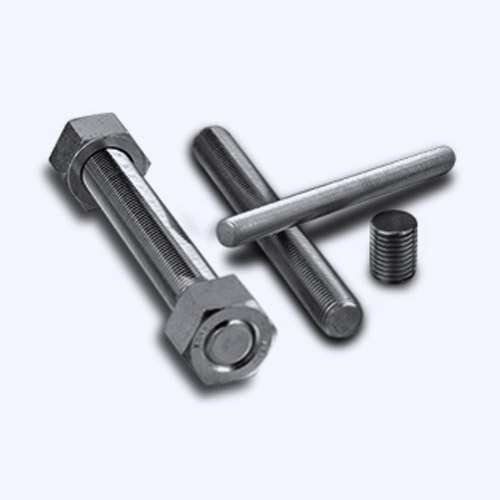Sep . 15, 2024 16:01 Back to list
m12 flange nut dimensions
Understanding M12 Flange Nut Dimensions
Flange nuts are essential fasteners used in various mechanical assemblies, providing enhanced load distribution and stability. Among the various sizes available, the M12 flange nut is popular due to its wide application across automotive, construction, and machinery sectors. In this article, we will delve into the dimensions of M12 flange nuts, their design features, and their applications.
What is an M12 Flange Nut?
The designation M12 refers to the nominal diameter of the nut, which is 12 millimeters. Flange nuts are characterized by their circular, enlarged base or flange, which offers several advantages over standard nuts. The flange acts as a washer, helping to distribute the load over a larger area and reducing the risk of damage to the surface it is fastened to. This feature is particularly beneficial in applications subjected to vibrations or where the material may be softer.
M12 Flange Nut Dimensions
The dimensions of an M12 flange nut can vary slightly depending on the specific standard it adheres to, such as ISO or ANSI, but here's a general overview of the typical dimensions
1. Width Across Flats (WAF) The width of the nut's flat sides is crucial for wrench compatibility. For M12 flange nuts, the typical WAF dimension is approximately 18 mm.
2. Height The height of an M12 flange nut is usually around 10.2 mm. This height can vary slightly based on the manufacture and specifications.
m12 flange nut dimensions

3. Flange Diameter The diameter of the flange is larger than that of the nut itself and typically measures around 24 mm. This larger surface area enhances the load distribution capabilities of the nut.
4. Thickness of the Flange The thickness of the flange generally measures about 2.5 mm, providing a sturdy base that helps prevent the nut from pulling through the material it's fastened to.
5. Thread Pitch M12 nuts usually have a thread pitch of 1.75 mm, which indicates the distance between threads. This standard pitch is common and ensures compatibility with M12 bolts.
6. Material and Finish M12 flange nuts can be made from various materials, including stainless steel, carbon steel, and alloy steel. The finish can also vary, with options such as zinc plating or black oxide to enhance corrosion resistance.
Applications of M12 Flange Nuts
M12 flange nuts are versatile and find application in numerous industries. They are commonly used in automotive assemblies, from securing engine components to fastening suspension parts. In construction, M12 flange nuts play a crucial role in joining structural components, where they help ensure the integrity of the framework. Additionally, they are found in machinery and equipment assembly, providing secure fastening for various moving parts.
Conclusion
Understanding the dimensions and properties of M12 flange nuts is crucial for anyone involved in design, engineering, or maintenance of mechanical systems. The unique design of these nuts provides benefits that enhance the longevity and safety of assemblies. Whether you're in the automotive industry or managing construction projects, using the correct specifications for flange nuts ensures a reliable and robust connection. As always, when selecting fasteners, it's essential to consider the specific requirements of your application to choose the right size and type.


